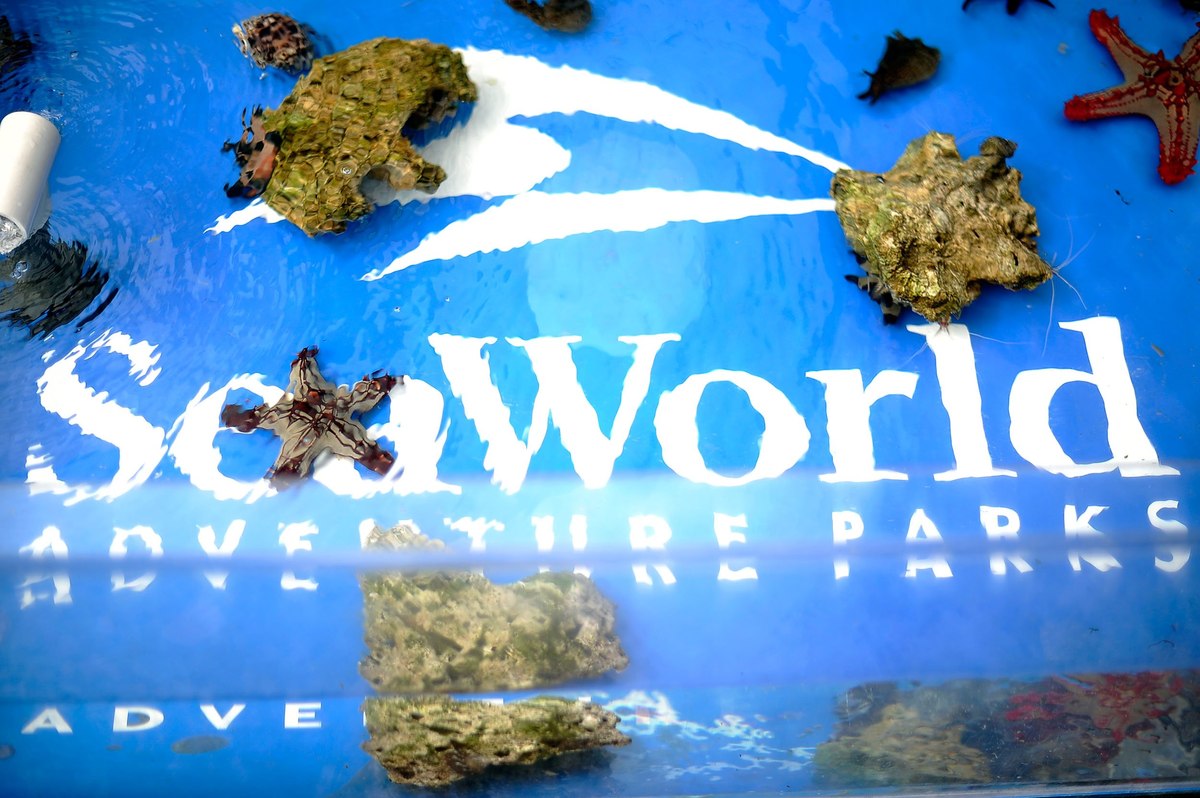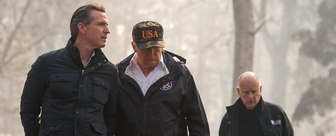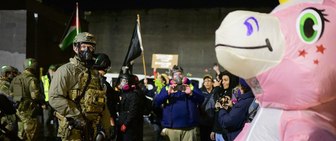Editor's note: This story first appeared in Forbes.
SeaWorld hasn’t been the same since the documentary Blackfish sent public opinion tumbling about the theme parks and their treatment of animals.
But there are glimmers of hope -- especially because of a Sesame Street partnership -- that could mean the worst is over for the amusement park.
The company has never recovered to pre-film levels in the public’s eyes, but the public hasn’t abandoned the idea of visiting animal-themed amusement parks, either. More than half (54%) of Americans say animal shows at amusement parks are okay as long as the facilities treat the animals well.
Blackfish put questioned how well Seaworld’s animals were being treated. The film follows the story of Tilikum, a captive orca that was involved in the deaths of three people. YouGov’s Plan and Track data shows a precipitous decline in every key metric just after the film’s US release in July 2013.
Since “Blackfish” earned wide release in the United States -- it was released in theaters in July 2013 and later aired by CNN in November before landing on Netflix --- SeaWorld’s Buzz score, which measures whether people have heard something positive or negative about a brand, took an immediate and sharp downward turn.
That fall was followed by years of volatility marked by a few peaks of positivity and numerous valleys of negativity, which can be seen on the chart above. Each time the company seemed to climb up in public opinion it would run into a new issue that dragged down its score.
For instance, the company’s Buzz score got a boost in April 2015 when it hired Joel Manby to be its CEO and turn around the operation. Manby, a theme park executive, had written a book about management called “Love Works” and appeared on CBS’s “Undercover Boss.”
But then in July 2015 the company landed in a PR mess when one of its employees was outed as working undercover for PETA, an animal welfare group that was extremely critical of SeaWorld. That sent its Buzz tumbling again.
Animal deaths also had a particularly tough impact on the company. In February 2016, it was reported that three animals
had died in three months at the company’s San Antonio location
. That news led to its lowest Buzz score since YouGov began tracking the brand.
By June 2016, SeaWorld had climbed enough to reach what looks like another peak in Buzz. The improvement likely had to do with its announced plans to end live orca shows in California that year. Positive public sentiment was building as the company moved toward that goal. But another animal death in
. The decline continued into 2017 and was marked by another low point in January 2017
that coincided with the death of Tilkum
, the orca feature in “Blackfish.”
But it’s been more than a year since a deep negative valley has emerged in SeaWorld’s Buzz score chart. The company has a lot of work to do to get anywhere close to pre-”Blackfish” levels of positive sentiment, but a few recent moves appear to have resonated well with the public and offer something to build on.
The company’s partnership with Sesame Street, for example, appears to be a win.
In May 2018, the company announced that as part of a tie up with the popular children’s program it would create Sesame Street Land at its Orlando park. The installation will be a life-size replica of the Sesame Street universe. Shortly after the announcement, Buzz score began climbing.
The climb ended
in July with more bad animal related news
: one of Europe’s top tour group companies stopped selling tickets to SeaWorld parks there because of concerns about animal welfare. The decline lasted through the winter and was marked by some other tough news -- like an investor lawsuit and the departure of Manby as CEO.
Sesame Street came to the
. In January 2019 the company released the first images of Sesame Street Land and earned a statistically significant spike in Buzz.
Recently, YouGov’s Plan and Track tool has seen a rise in Consideration for SeaWorld, a metric that measures whether someone would consider purchasing from a company. Excitement about Sesame Street Land, which opened this spring seems to play a role in this rise. The company’s plans to open new roller coasters at parks across the United States could play a role in the rise as well.
Both Sesame Street and a slate of new coasters are helping the company not just in Buzz score, but also attendance. In its most recent earnings report the company, the company reported a 3.6 percent uptick in attendance to 3.3 million people. It attributed the rise to new rides and attractions.
It’s still too early to tell if the worst is over for SeaWorld in terms of public perception, but its Buzz score volatility does seem to be smoothing out.
SeaWorld has had good reason to try and ride out the storm. The amusement park industry
brings in nearly $20 billion in revenue
. The company isn’t the biggest player in the industry -- that’s Disney -- but they do maintain healthy enough market share to be considered among the top five.









